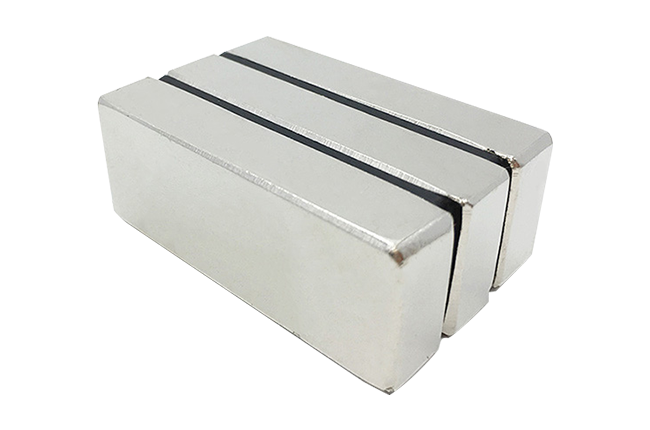

Magnets possess the unique ability to attract certain metals, with iron being the most commonly observed example. This phenomenon occurs due to fundamental principles in physics related to magnetic fields and atomic structure. Understanding why magnets attract iron requires examining the interaction between magnetic fields and ferromagnetic materials.

Magnetic Fields and Ferromagnetism
Magnetic Field Influence
A magnet generates an invisible magnetic field around it, exerting force on nearby magnetic materials.
When iron enters this field, its internal atomic structure responds, leading to attraction.
Ferromagnetic Properties of Iron
Iron is classified as a ferromagnetic material, meaning it can form strong permanent magnets or be strongly attracted to them.
Other ferromagnetic metals include nickel and cobalt, but iron exhibits the most pronounced magnetic response.
Atomic-Level Explanation
Unpaired Electrons and Magnetic Domains
Iron atoms contain unpaired electrons that generate tiny magnetic moments.
In unmagnetized iron, these moments are randomly aligned, canceling out overall magnetism.
When exposed to an external magnetic field, these domains align in the direction of the field, creating a net magnetic pull.
Induced Magnetization
The magnet’s field temporarily aligns the magnetic domains in iron, turning it into an induced magnet.
This alignment causes the iron to be pulled toward the stronger magnetic field region of the permanent magnet.
Why Some Materials Are Not Attracted
Non-ferromagnetic materials (e.g., copper, aluminum) lack unpaired electrons arranged in a way that responds strongly to magnetic fields.
Paramagnetic and diamagnetic materials exhibit very weak attraction or repulsion, making the effect negligible compared to iron.
Practical Implications
This principle is utilized in electromagnets, motors, and magnetic storage devices.
The strong attraction between magnets and iron allows for applications in industrial lifting, separation processes, and electronic components.

Conclusion
Magnets attract iron due to iron’s ferromagnetic nature, where external magnetic fields align its internal atomic magnetic moments. This alignment creates an induced magnetic force, resulting in observable attraction. The interaction is fundamental to numerous technological and industrial applications, demonstrating the importance of magnetic materials in modern engineering.
Contact

We will contact you within 24 hours. ( WhatsApp/facebook:+86 15957855637)



